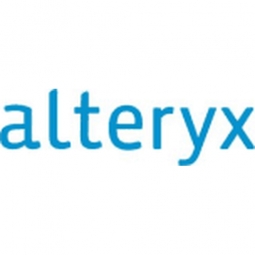Alteryx
Case Studies
Revolutionizing Natural Disaster Response with IoT
Overview
 |
Revolutionizing Natural Disaster Response with IoTAlteryx |
Analytics & Modeling - Real Time Analytics Application Infrastructure & Middleware - Event-Driven Application | |
Cement Healthcare & Hospitals | |
Search & Rescue Time Sensitive Networking | |
System Integration | |
Operational Impact
| The implementation of the Emergency Alert and Rapid Response system revolutionized the company's approach to natural disasters. They were able to predict the impact of weather events on their members and the company, enabling them to make real-time decisions to limit the impact. The company was able to build reports for every weather scenario and had response teams ready to help members across the country. The system also allowed the company to share the impacts of a natural disaster with leadership in a timely manner, facilitating more effective decision-making. The company's management was impressed with the system's capabilities, and it has now become a crucial part of their response to severe weather events. | |
Quantitative Benefit
| 246 severe weather events were analyzed and responded to effectively | |
| Hundreds of thousands of members received timely notifications and support during disasters | |
| Real-time trends and insights were identified for every type of event | |


